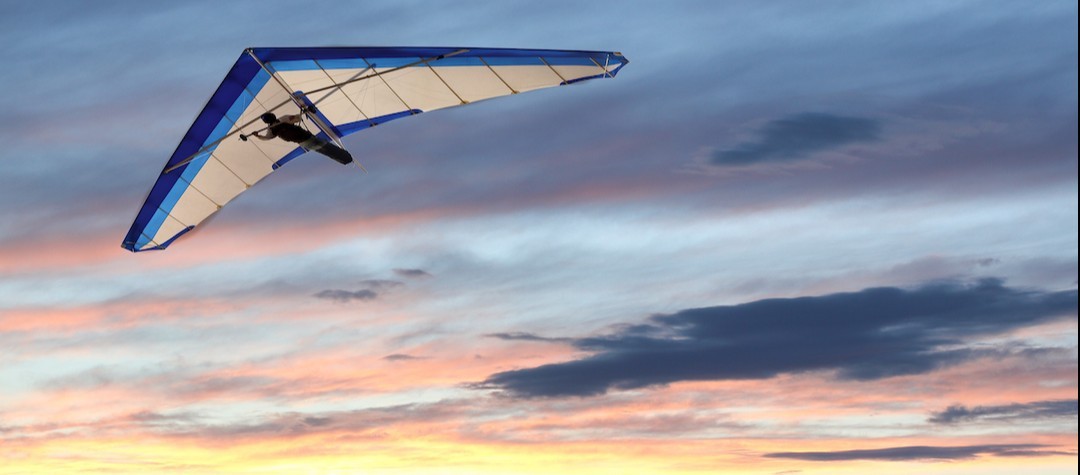This isn’t a sport for the faint hearted, but if you think you’ve got what it takes to glide then check out this introduction to the sport.
Flying through the air in a plane without an engine may sound pretty scary, but gliding is actually a hugely popular activity around the world. Described as the ultimate free-flying experience, the sport of gliding offers an inexpensive and thrilling way to become a pilot. Here’s a quick introduction on how to get into gliding.
For many, gliding is simply a great way to get away from it all and relax at the weekend. But for those with a penchant for thrills and spills, there is also a buzzing international scene for racing and aerobatics.
How does it work?
To get up in the air in the first place, a glider is launched by either a light aircraft attached to a strong rope, or by a ground-based winch. Winch launching is the most common method used. Basically, the glider is attached to a winch with a long reel of wire, and when the wire is pulled in, the glider gets the speed to fly into the air in much the same way as a kite.
Gliders stay up in the air by converting what is known as potential energy (height in this case) into kinetic energy (forward motion). This forward motion generates airflow over the wings, which in turns creates lift — simple enough!
Types of lift
There are three forms of lift: thermals, ridge (or hill) lift, and wave. Thermals are warm pockets of air that are moving upwards as a result of being heated by contact with sun-lit earth, and are typically found over towns, plowed fields and asphalt roads; ridge lift occurs where the wind blows against the side of a hill and is forced to rise; and wave lift relies on standing waves in the atmosphere (which behave in a similar way to the ripples on the surface of a stream).
In good conditions, gliders can climb very high before gliding to the next pocket of lift. On a particularly good flight day it is possible to stay in the air as long as there is daylight. Usually gliders can rise up approximately 610m (2,000ft) and sometimes reach as high as 1,524m (5,000ft).















